How can I get superhero skin?

Roula Khalaf, Editor of the FT, selects her favourite stories in this weekly newsletter.
Superhero movies, with their battles of good versus evil, can often be mirrored behind the scenes. As the facialist working on the Marvel film sets, I have also had to vanquish bad skin issues with good intelligent skin solutions. In my kit, I don’t carry a single jar of a wonder elixir. Instead I have a curated collection of remedies, each possessing a different superpower and which – like the Avengers – work together as a team. Away from set, I’m seeing a similar shift in focus from one miracle cream towards a combination of several active ingredient-driven products. For my inner nerdy cosmetic scientist-turned-facialist, this appreciation of science as the cornerstone of beauty products and treatments is a cause for celebration. Here are some of my tried-and-tested heroes that super-power skin.
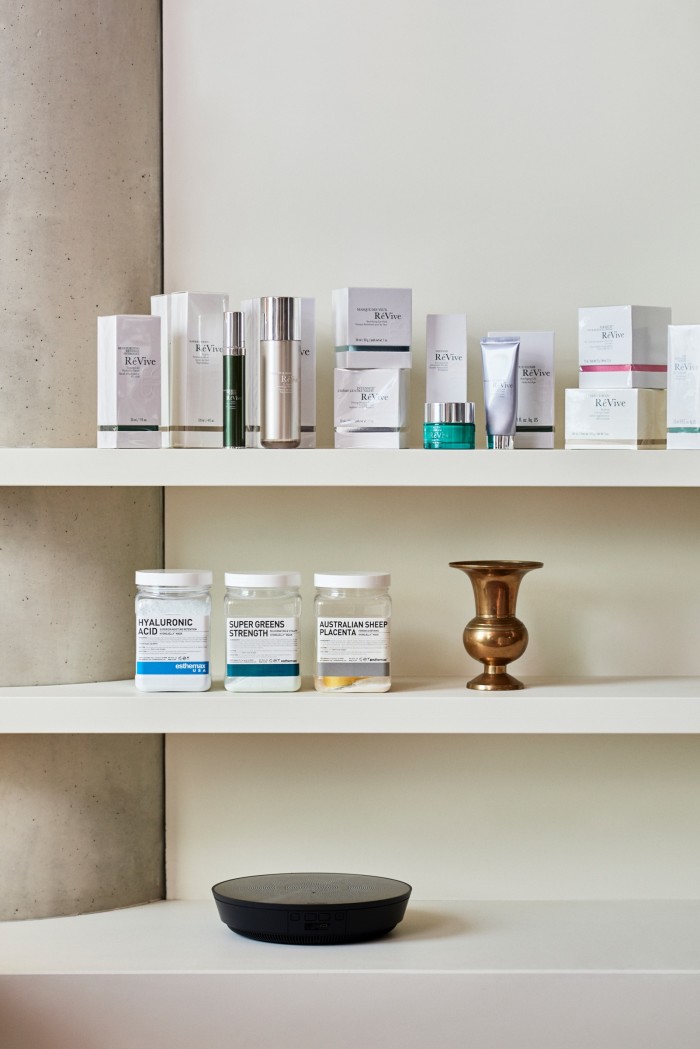
Ask Adeela
Do you need advice on spot solutions, pigmentation or any other skin emergency? Send your questions to askadeela@ft.com and she will address your concerns in an upcoming column
First up are skin-identical substances. These naturally occurring ingredients mimic the composition of the skin; it is already programmed to be compatible with them and knows how best to use them. Long used in professional treatments, these ingredients are now taking centre stage in many on-the-shelf products. Look for two things to add to your regime: the protein collagen and the humectant (moisture-retaining) hyaluronic acid are the bricks and mortar of the skin…
Superhero Collagen
Superpower Superglue for skin cell layers
Collagen comes from the Greek “kolla”, for glue, and the French “gène”, for kind. Think of it as the glue that holds your skin barrier together. This protein molecule doesn’t penetrate deep, instead it works its magic on the surface. But hydrolysed (broken-down) collagen peptides induce the deeper dermal layers to signal cellular repair, which moisturises the skin and fills lines. To drive collagen deeper into the skin, I work with freeze-dried peptides and pulsed-pressure oxygen “injections”; at home, I suggest a nightly serum to give the skin bounce, suppleness and smoothness.
Superhero Hyaluronic acid
Superpower Hydration magnet for the skin
The body produces hyaluronic acid (HA) to hydrate the muscles, joints, eyes and skin; it can hold up to 1,000 times its weight in water. HA gradually declines over the years, and as the skin becomes less hydrated it starts to sag, becomes less supple and more prone to wrinkles. HA serums can help boost these levels. My tip is to apply the serum on slightly damp skin so it can bind to the surrounding humidity, then seal it with a moisturiser to avoid epidermal water loss.
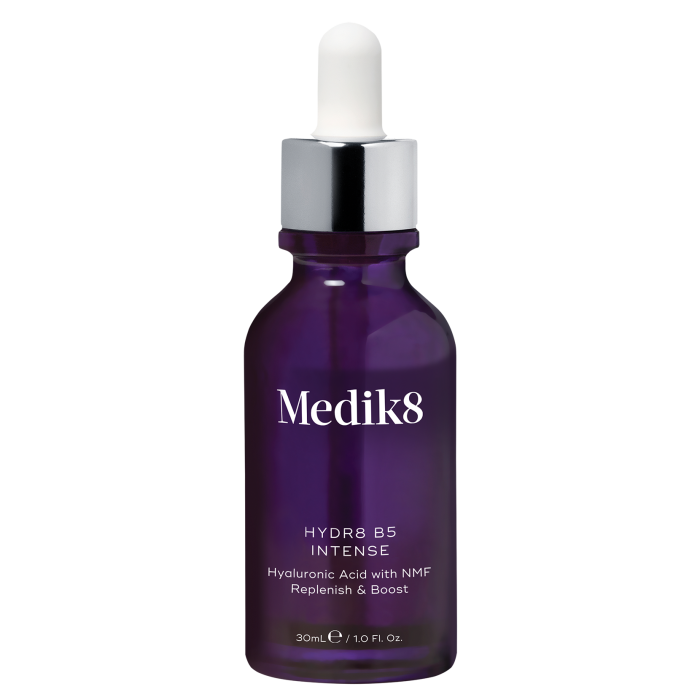
Medik8 Hydr8 B5 Intense, £57 for 30ml
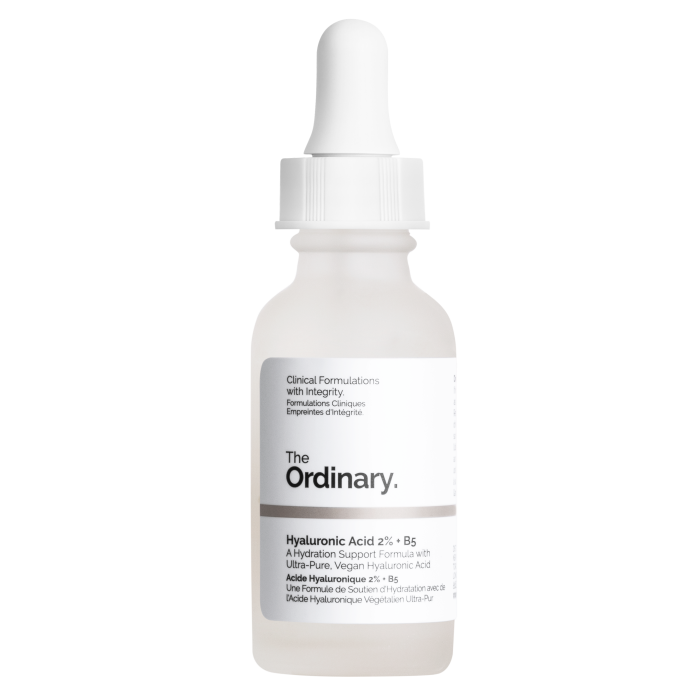
The Ordinary Hyaluronic Acid 2 per cent +B5, £6.40 for 30ml
Superhero LED light therapy
Superpower Battery charger for skin’s engine
LED (Light-emitting diode) therapy uses light energy to improve cellular health by stimulating ATP (adenosine triphosphate). ATP is a high-energy molecule that stores energy in our cells, allowing them to repair themselves. I use a combination of lights to treat different issues: red light to stimulate the production of skin proteins such as collagen and elastin; blue light to neutralise P. acnes bacteria and help prevent breakouts; and infra-red light to boost blood circulation and cellular oxygenation, which help reduce inflammation. There’s no discomfort, inflammation or downtime with LED light therapy: it’s no pain, all gain. At-home devices may be a fraction of the strength of professional treatments, but if they are used a couple of times a week, incremental benefits can supercharge your skin.
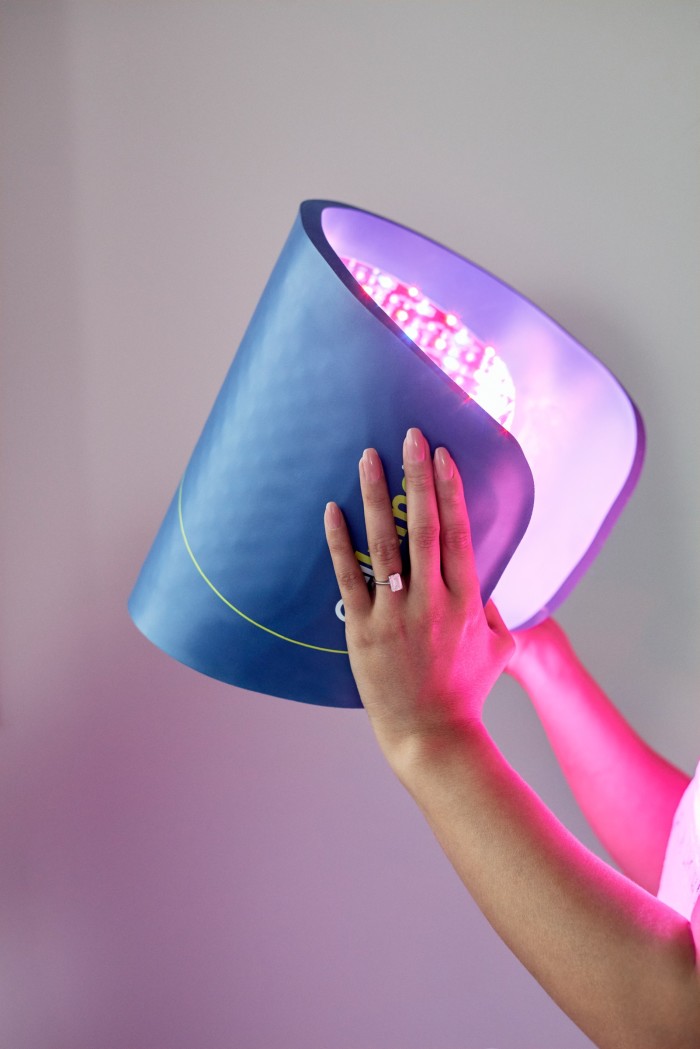
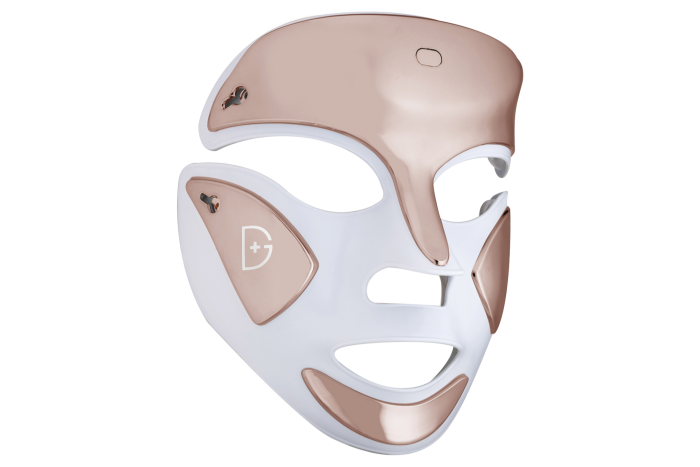
Dr Dennis Gross DRx SpectraLite FaceWare Pro, $435
Superhero EGF (epidermal growth factors)
Superpower A time machine for skin cells
Hailed as a skin “time machine”, epidermal growth factors (EGFs) are naturally occurring proteins that bring about cellular renewal and healing. But just to call EGFs healing agents is an understatement: scientists were awarded a Nobel Prize in 1986 for discovering their cell-regenerative powers. Sadly, EGFs decline as we age. I depend on EGFs not only to help repair scar tissue but to deter deep-set wrinkles. EGFs bind to cells and signal them to grow, repair, and thrive. Dr Gregory Bays Brown, the reconstructive plastic surgeon who founded RéVive and was one of the first to introduce EGFs into mainstream skincare, argues that although “visible signs of ageing begin to surface in our late 20s… introducing EGFs into your routine from the early 30s will stimulate cell turnover and overall skin rejuvenation”. My tip is to combine EGFs with retinol to boost the skin’s cellular engine. Retinol increases EGF receptors, so applying a retinol serum in combination with EGFs will create a fertile environment to turn back the cellular clock.
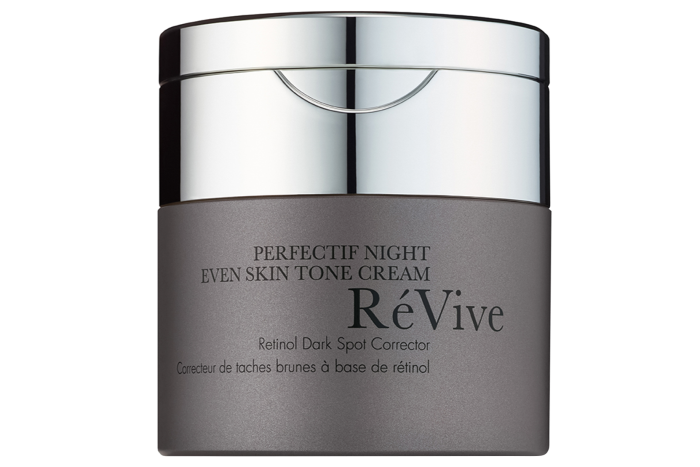
RéVive Perfectif Night Even Skin Tone Cream, £235 for 50g
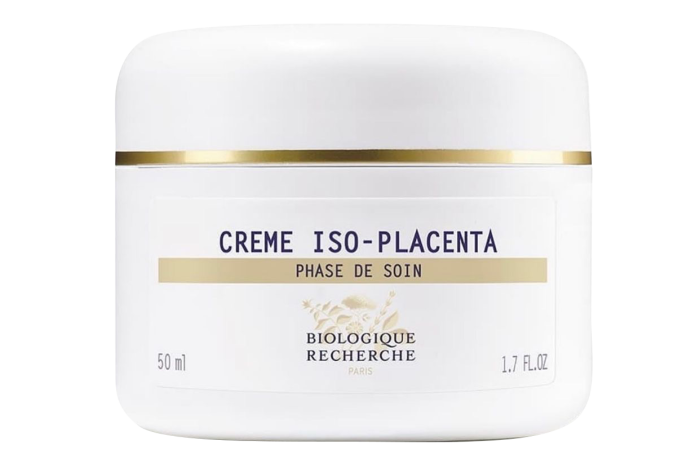
Biologique Recherche Crème Iso-Placenta, £80 for 30ml
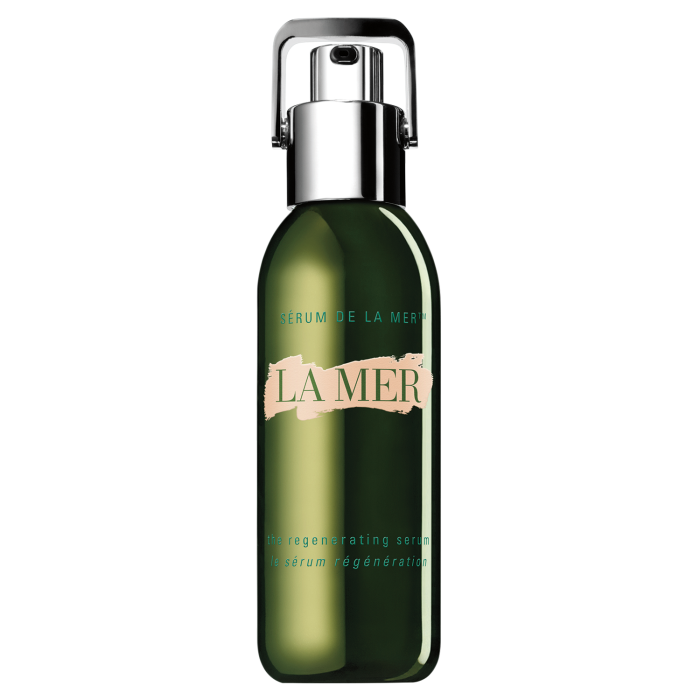
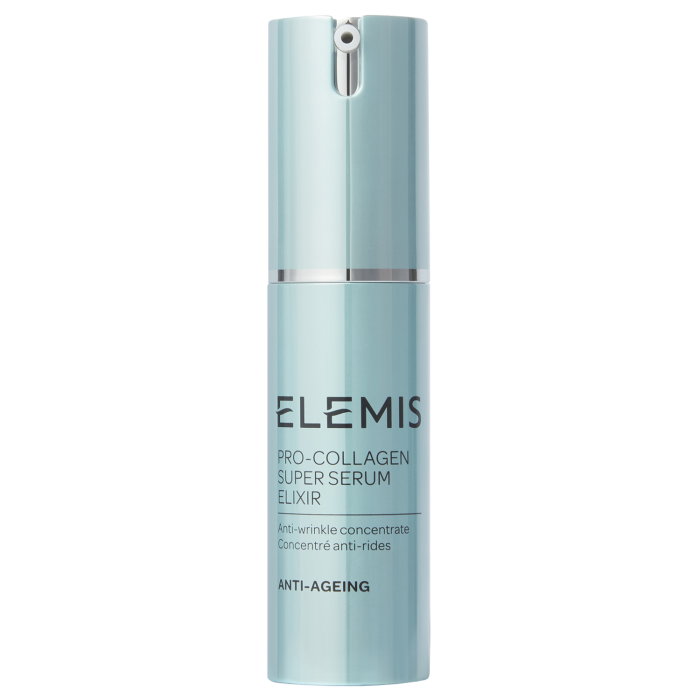
Comments